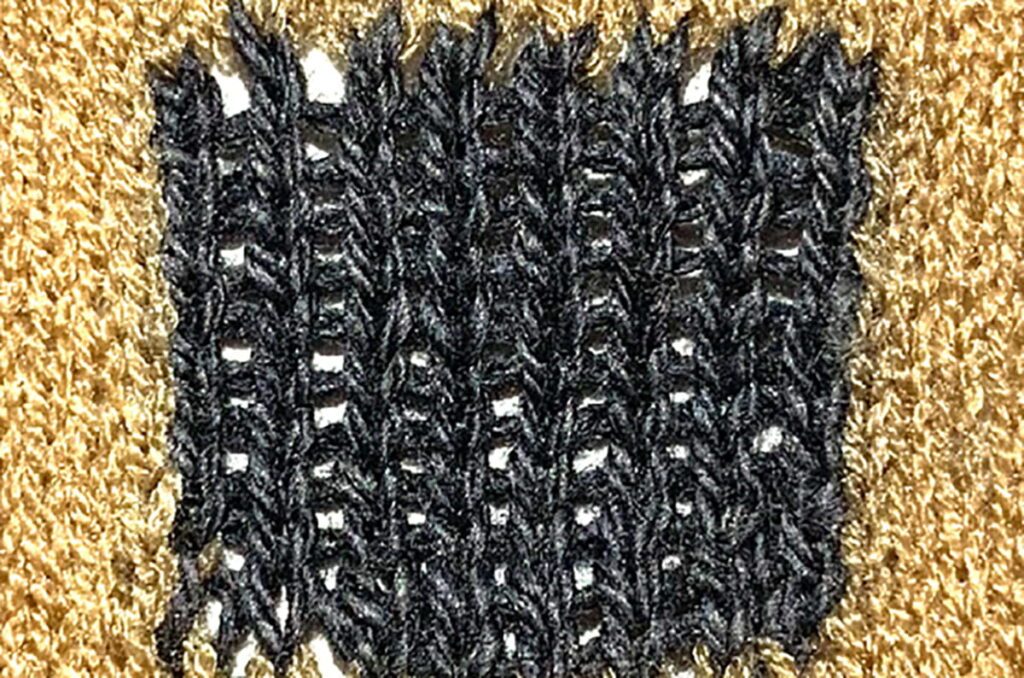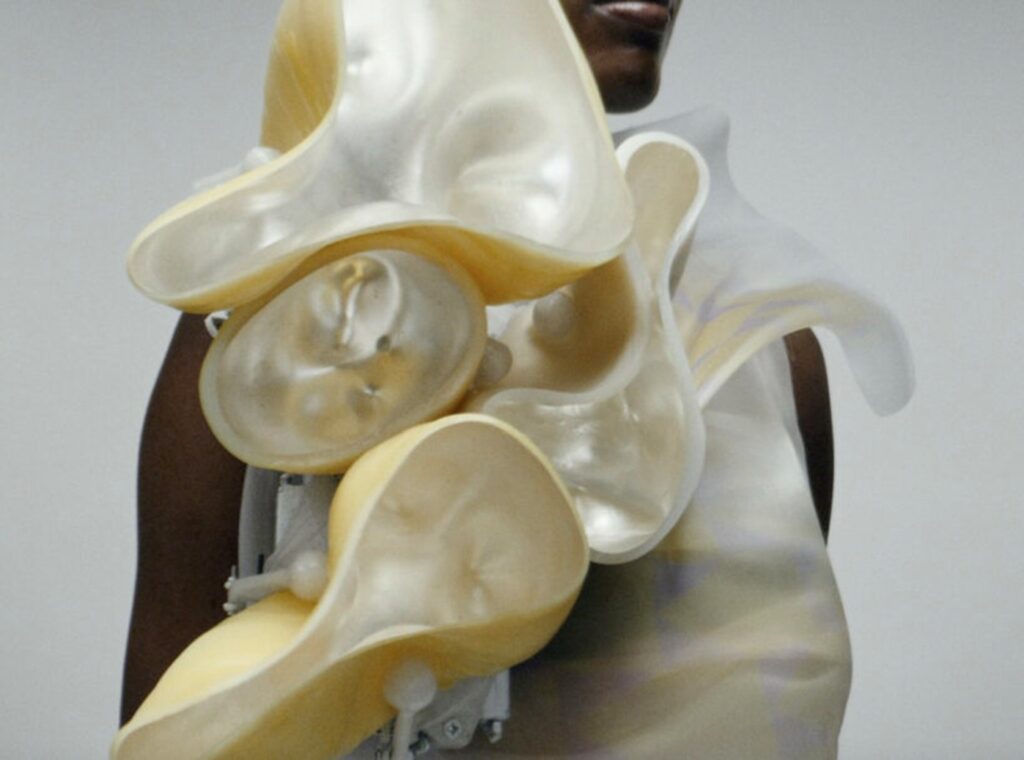
Recent world events regarding supply chain issues, the ongoing war in Ukraine, market volatility and persisting inflation concerns are underscoring the need to diversify and strengthen the manufacturing sector. But in this scenario, there are opportunities for growth and diversification in developed and developing economies alike.
Attention on advanced textiles
The recent COVID-19 scenario has spotlighted the importance of non-commodity textile applications in creating jobs, protecting the planet, and saving lives, as well. Single-use technical textiles such as personal, hospitality and industrial wipes and other personnel protective equipment items have become household names. The need for these single-use, semi-durable and durable products has prompted increased national and international attention.
In general, the non-commodity textiles sector has a CAGR above the GDP growth numbers of many nations. More importantly, in places where this sector market sector is emerging (the Middle East, India and some parts of East Asia, such as Vietnam and Thailand), the growth is expected to be in double digits. According to a survey conducted by the Indian Institute of Technology, Delhi, India, the global technical textiles sector including nonwovens is estimated to be around US $217 billion. India’s market size is about US $18.89 billion with an expected growth rate of more than 15 percent.
Developing nations have initiatives, such as India’s National Mission on Technical Textiles, to support market growth, strengthen educational institutions that offer textile-related courses to include ones on advanced textiles, and to boost research and development in advanced and industrial textiles. Countries with developed economies—as part of reviving their economies—are considering investments in advanced manufacturing, sustainable processes and products, defense applications, the aerospace market and others.
The recent U.S. Infrastructure Investment and JOBS Act is aimed at rebuilding the nation’s failing infrastructure with a focus on an environmentally clean economy. In a similar vein, the 2023 budget presented on February 1, 2023, by India’s Finance Minister emphasizes the importance of “Green Growth.”
All these funding support measures enable more penetration for technical textiles in energy, infrastructure and healthcare sectors. Trade associations like the U.S.-based Advanced Textiles Association (publisher of this online magazine) and the Association of the Nonwoven Fabrics Industry (INDA) must advocate for the positive aspects of industrial textiles specifications in supporting new, major infrastructure projects. As an example, the Indian technical textiles industry, through its advocacy arm, the Indian Technical Textiles Association, has been pushing for regulations to incorporate industrial textiles in construction projects.
The textiles sector is seeing a revival through investments in sustainable and value- added materials. The advanced textiles sector, which is predominantly based on “push,” approaches, is dependent on research and development, constant education and marketing efforts. Additionally, the sector needs collaborations with research-intensive universities and national laboratories to translate research from labs to reality.

Pivoting based on needs
There are times when research ideas and products developed for one application, based on user community needs, have to be tweaked and adapted to have commercial success. This has been the case with Chantilly, Va.-based First Line Technology LLC (FLT). Its FiberTect nonwoven wipe commercialized by FLT has undergone fine tuning to cater to fire safety and homeland security markets. Originally developed as a military wipe, based on its capability of being adsorbent, it’s finding applications in other sectors, says Alan Lee, DeconTect Product Manager at First Line Technology. If a product becomes a platform technology, it enables multiple avenues for growth, as is the case with the dry wipe technology commercialized by First Line Technology.
“Entrepreneurs should not have tunnel vision,” says Corey Collings, director of research at FLT. We have proved that the dry wipe can effectively pick up radiological and toxic particles like fentanyl, while the original application of the wipe was against liquid toxin.”
Such developments occur due to constant interaction with the end-user community—a valuable practical lesson for the advanced textiles sector. This area of the industrial textiles market needs even more focus on innovation, which need not be just disruptive alone. Product development based on customer feedback, in-house enhancements and cost-technology, balanced approaches play important roles in the commercialization of functional and high-performance textiles.
Collaborating
The advanced textiles industry is mostly small-to-medium sized manufacturers (SME) and hence exploration of multiple facets of collaborations with academia, contractors and marketing agencies is critical. Again, the model used by FLT is worth noting.
FLT partnered with Waco-based Hobbs Bonded Fibers in translating a high-end needlepunched nonwoven product for defense applications. “The advanced textiles, with the help of a partnership with entities close to the user community, can quickly commercialize a product for high-end markets,” says Bill Neal, CEO of Hobbs Bonded Fibers.
Needlepunched fabrics can be enhanced to be used for clean room filtration, engine and cabin air filtration, and climate smart products, for example. With growing concerns over climate change, and air and water pollution, technical textiles can be important in offering solutions.
The ongoing geopolitical and public health crisis scenarios have clearly highlighted the need for high-performance textiles. As the sector is basically SMEs, going outside one’s own comfort level is needed. There are many pathways for growing the sector: R & D collaboration, marketing partnerships and utilizing international trade policies to one’s advantage are among them. The industry must focus on constant incremental innovation, product improvements based on customer feedback, strong advocacy support from trade bodies, and effective utilization of new materials and processes.
“Educating the end-user community and being present in forums are important pillars for the success in this sector,” says Lee.
Dr. Seshadri Ramkumar is a professor at the Nonwovens & Advanced Materials Laboratory, Texas Tech University, Lubbock, and a frequent contributor to Textile Technology Source.
 TEXTILES.ORG
TEXTILES.ORG


